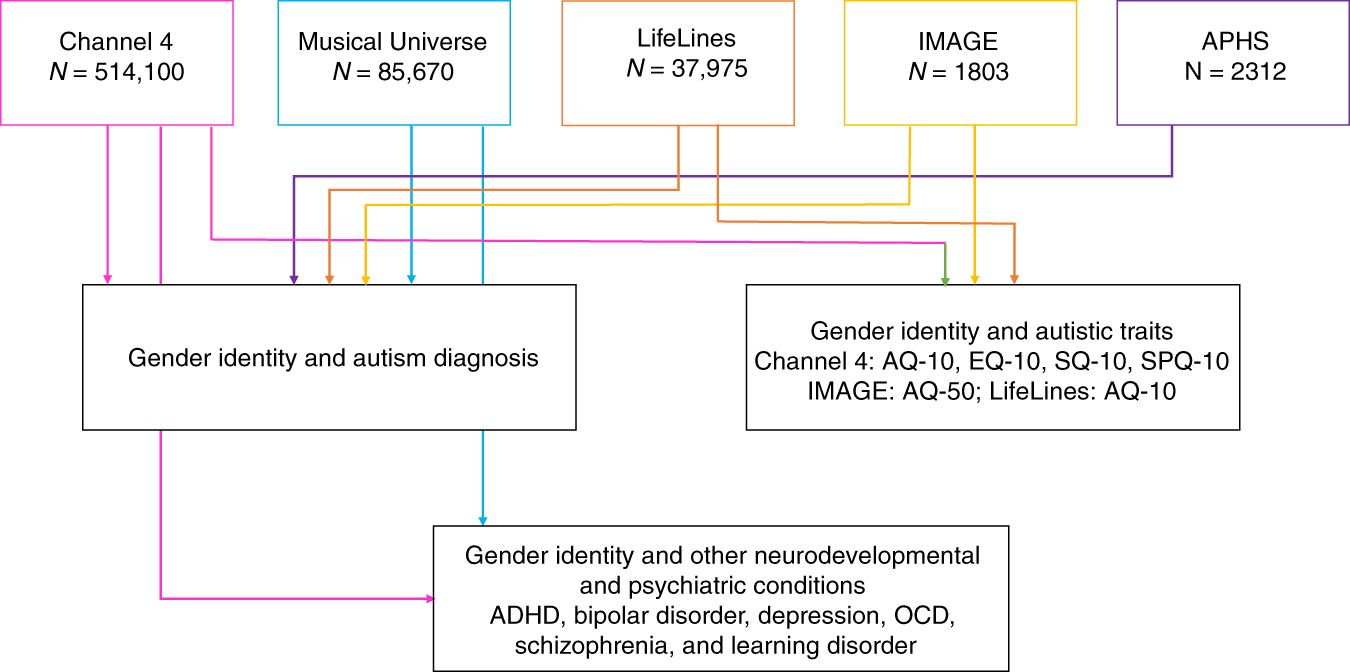

For instructions on using the PowerPoint, watch our video tutorial.
#Another word for diagnostic errors drivers
The variability in how a patient experiences and describes their problem contributes to the complexity of the diagnostic process.Īs you are discussing diagnostic errors, this PowerPoint presentation can help you map errors against the National Academies of Sciences, Engineering, and Medicine (National Academies) diagnostic process diagram and discuss drivers of errors and steps that could prevent future errors. Patients understand and verbalize their complaints in their own words and in their own ways. Many patients will also share their health concerns with family and friends for their input on what’s wrong, or consult online resources, their pharmacist, or other people they believe may help. Often, if we have a new symptom, we may try to diagnose the problem on our own, and if we are satisfied with the answer, that may be the end of the diagnostic process. Diagram can be found on p 3 of the report.įirst, a patient experiences a health problem. Washington, DC: The National Academies Press. National Academies of Sciences, Engineering, and Medicine. Although ‘the earlier the better’ is typically the best hope for diagnosis, sometimes a ‘test of time’ allows symptoms or signs to become more specific, and may be the best course of action. Health problems that are rare or especially complicated may take longer to diagnosis, and some problems may never be diagnosed.

Some problems may be recognized immediately, for other problems the diagnostic process needs to play out before a diagnosis can be reached, and this timeline is different for every disease and for every patient.

This diagram and the ones that follow show typical elements of the diagnostic process, although for some patients certain steps may be skipped, or the order may be re-arranged. The diagnostic process is a complex and collaborative activity that unfolds over time and for most patients occurs within the context of a health care work system. To navigate through the chart, please click on the chart, or scroll down on phones.Īs you are discussing diagnostic errors, this PowerPoint presentation can help you map errors against the National Academies diagnostic process diagram and discuss drivers of errors and steps that could prevent future errors. The Diagnostic Process Map is a resource developed by the National Academies of Sciences, Engineering, and Medicine (National Academies) and offered by the Society to Improve Diagnosis in Medicine (SIDM) to help everyone understand and work to improve the diagnostic process. Every member of the clinical team, including patients and family, has a role to play in ensuring that diagnoses are accurate, timely and communicated to the patient.


 0 kommentar(er)
0 kommentar(er)
